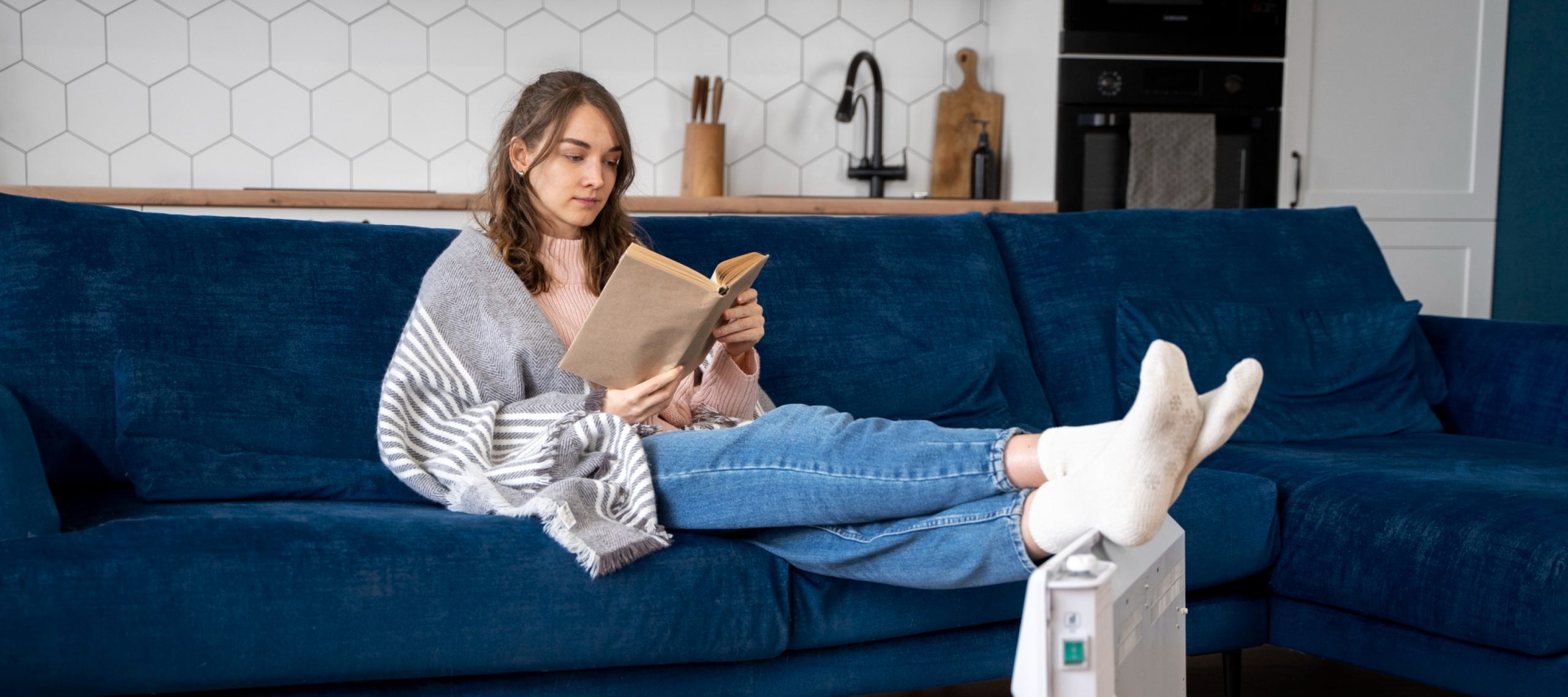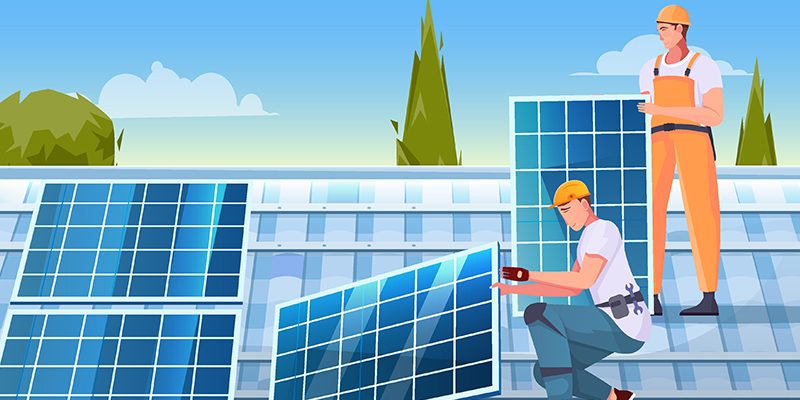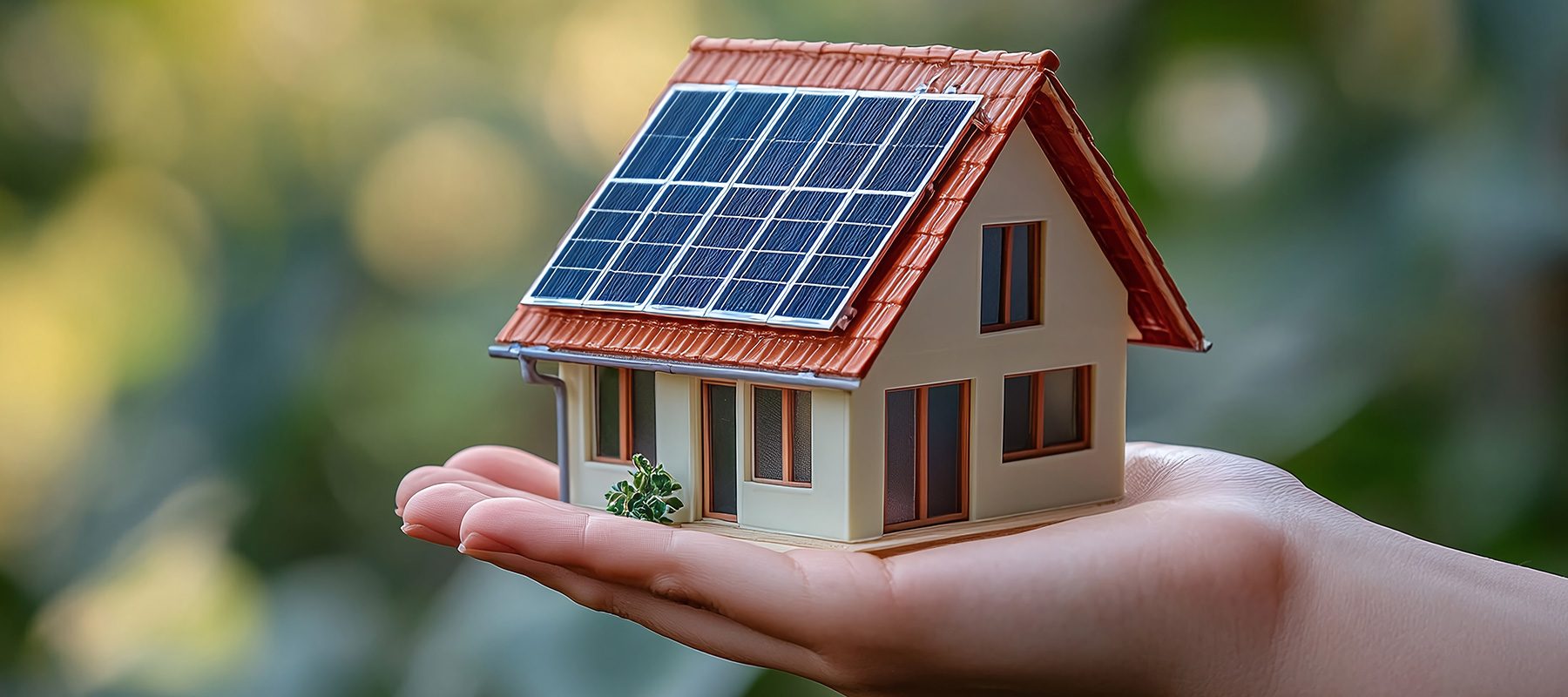Staying cool in the heat without relying on air conditioning may seem challenging, but it’s entirely possible with the right strategies. Whether you’re looking to cut down on energy costs or adopt a more eco-friendly lifestyle, cooling your home naturally offers numerous benefits. From smart ventilation techniques to using reflective materials and creating natural shade, there are many effective ways to maintain a comfortable indoor environment.
In this guide, we’ll explore practical and creative solutions to keep your home cool without air conditioning to beat the heat while saving energy and reducing your carbon footprint.
Understanding the Need for Energy Efficiency
Understanding the significance of energy efficiency is crucial before tackling any particular modifications. Homes consume a significant amount of energy, and a large portion of this is wasted through inefficiencies. By implementing energy-efficient upgrades, homeowners can reduce their energy bills, improve indoor comfort, and contribute to environmental sustainability.

Additionally, energy-efficient homes have a lower carbon footprint, helping to combat climate change. Not only do these upgrades offer financial savings, but they also increase the overall value of the property, making it a wise long-term investment.
8 Smart Energy-Efficient Upgrades to Keep Your Home Cool
1. Improve Home Insulation for Better Temperature Control
One of the most effective ways to maintain a comfortable temperature in your home is by upgrading insulation. Proper insulation helps keep your home cool in the summer and warm in the winter by minimizing heat transfer.
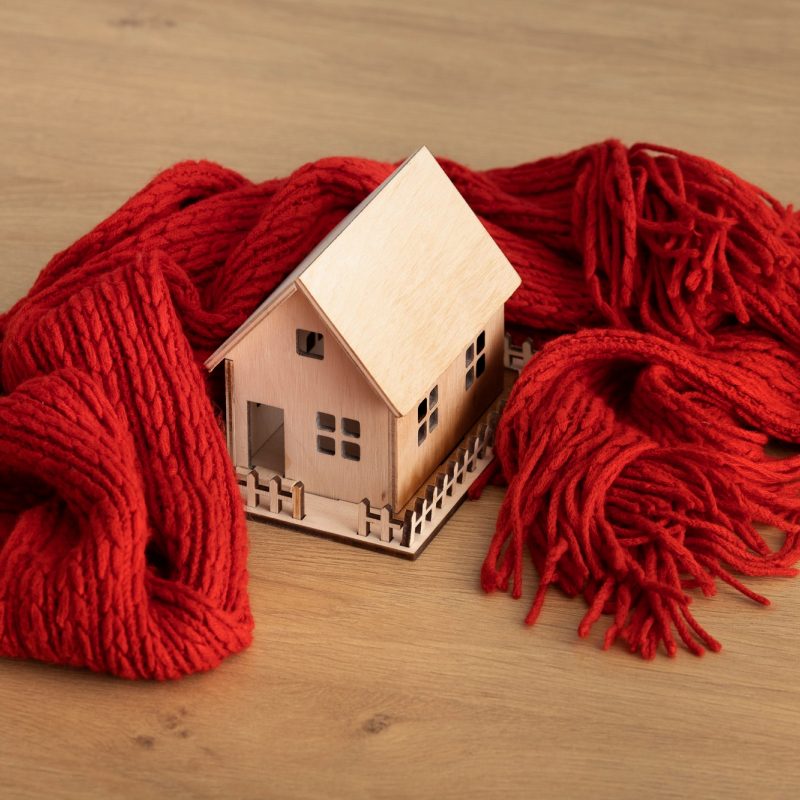
Attic Insulation: Adding insulation to your attic can significantly reduce heat gain during hot months. Insulating materials such as fiberglass or spray foam can be used to create a barrier against heat.
Wall Insulation: Insulating exterior walls can also help maintain a stable indoor temperature. This is especially helpful in older homes that might not have enough insulation.
2. Stop Leaks in Air to Avoid Energy Losses
Significant energy loss can occur from air leaks around windows, doors, and other openings in the house. Sealing these leaks with caulk or weather stripping can help maintain a consistent indoor temperature.
- Identify Leaks: Conduct an energy audit to identify where air leaks occur. Common areas include around window frames, door frames, and electrical outlets.
- Apply Weather Stripping: Install weather stripping around doors and windows to prevent cool air from escaping and warm air from entering.
3. Invest in Energy-Efficient Windows
One of the main sources of heat gain can be windows. Making the switch to energy-efficient windows will greatly lessen this problem.
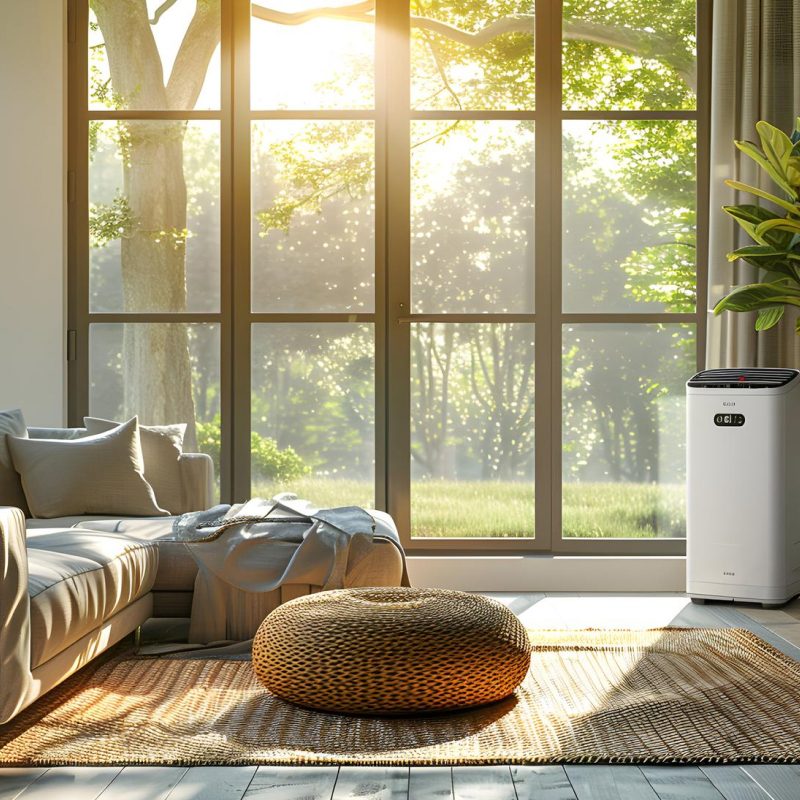
Double or Triple Glazing: Consider replacing single-pane windows with double or triple-glazed options. These windows provide better insulation and reduce heat transfer.
Low-E Glass: Windows with low-emissivity (Low-E) coatings can reflect heat away from your home, keeping it cooler during the summer.
4. Use of Ceiling Fans
Utilizing ceiling fans is a fantastic way to increase comfort while replacing air conditioning. They help circulate air, making the room feel cooler.
- Adjust Fan Direction: To enjoy maximum air flow during the summer season, adjust your ceiling fans to operate in an anticlockwise direction. For warm air circulation, especially during the winter season, fan direction clockwise.
- Energy Savings: One can be able to use the ceiling fans in order to increase the temperature on your thermostat without compromising on the comfort of your home, hence leading to energy conservation.
5. Upgrade to a Smart Thermostat
A smart thermostat can optimize your home’s temperature settings based on your schedule and preferences, leading to energy savings. One of the best ways to make your home energy efficient.
- Program Temperature Settings: Change the temperature of your house in a way, where it will be higher in the time that you are away from the house and lower otherwise. Your cooling system’s responsibilities may be shifted to other components with an expectation from your body organs.
- Remote Control: Some of the details about smart thermostats include that most of them let you regulate your home’s temperature from a distance, so that you can make adjustments when necessary.
6. Switch to Energy-Efficient LED Lighting for Lower Energy Consumption
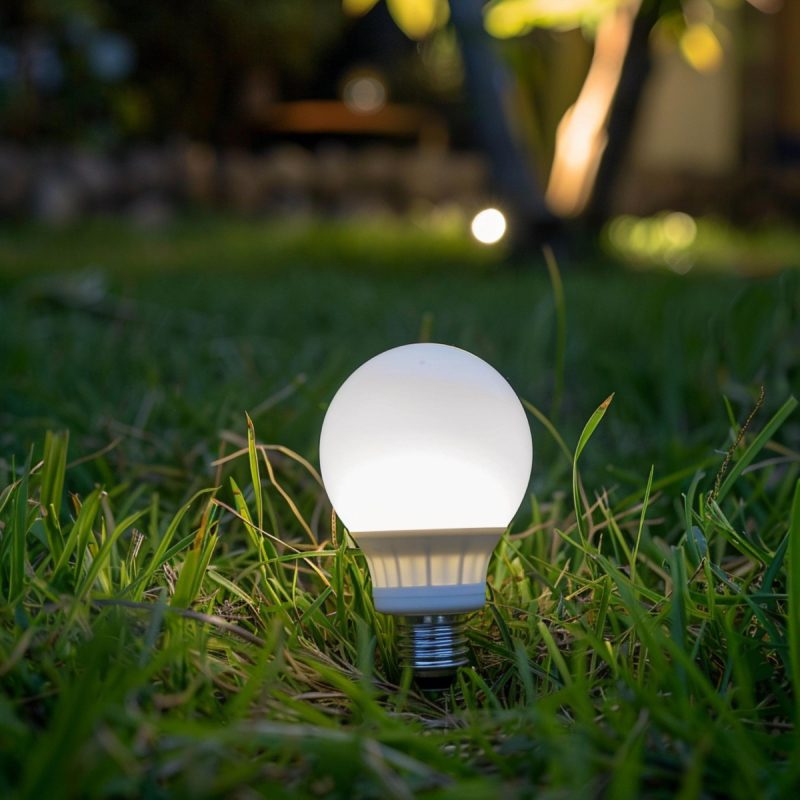
Traditional incandescent bulbs generate a lot of heat. Switching to LED lighting can help keep your home cooler.
Energy Savings: LED bulbs therefore consume 90% less energy and emit little heat, making these bulbs ideal for energy conservation.
Long Lifespan: Additionally, LED lights also have longer life spans than that of normal bulbs; therefore, their replacement cost is cheaper.
7. Utilize Natural Shade
Strategically planting trees and shrubs around your home can provide natural shade, reducing heat gain.
- Plant Trees: Fenced trees that have been planted on the southern and western sides of your house will provide shade during the day, most especially when the sun is most intense.
- Use Vines and Shrubs: Vegetation such as vines and shrubs can also cover windows and walls and thereby protect them from direct sunlight and convert excess heat.
8. Install Cool Roofs or Heat-Reflective Coatings
Cool roofs and heat-reflective coatings help reflect sunlight, reducing heat absorption and keeping your home cooler.
- Cool Roof Materials: Use cool roof materials like light-colored tiles or reflective shingles to reflect sunlight and reduce the roof’s surface temperature.
- Heat-Reflective Coatings: Apply heat-reflective coatings to your roof or walls to minimize heat absorption, lowering indoor temperatures without relying on air conditioning.
Conclusion
It is possible to cool your home naturally, that is, without using air conditioners, through efficient use of energy as well as energy-efficient products. Hence, sealing the crevices, better insulating the house, getting efficient windows, and using ceiling fans allow homeowners to enjoy the climate while saving fuel costs. Besides those, the use of smart technology and designing an optimal landscaping layout will also complement such undertakings.
If these changes are made, then it will save the environment and also give one ever-increasing quarter. Use these strategies in your home to cool your house throughout the summer without having to use conventional methods such as an air conditioning unit.

As a passionate home decor specialist, I’ve spent years turning spaces into beautiful, functional sanctuaries that truly reflect the people who live in them. My love for interior design goes beyond just aesthetics; I believe that every room in a home should tell a story and evoke a sense of comfort and belonging.


